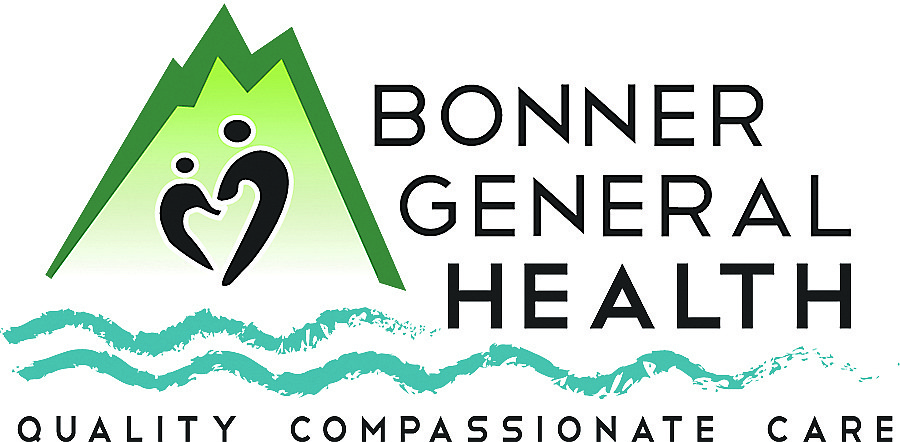Don't let a calamity ruin your day on the water
Imagine the grief of losing a loved one to an incident that could easily have been prevented. Imagine it's your child or your spouse. Now that summer is finally here, we need to put safety first.
Idaho leads the nation in drowning victims. While children are at the highest risk (number one cause for children under 4), anyone can drown.
"Every year in the United States, there are an estimated 3,940 fatal unintentional drownings, including boating-related drowning. That is an average of 11 drowning deaths per day," the Centers for Disease Control and Prevention says. Add to that the 8,080 nonfatal drownings, which adds up to 22 nonfatal drownings per day.
"For every child who dies from drowning, another eight receive emergency department care for nonfatal drowning. Unfortunately, these injuries can cause brain damage and other serious outcomes, including long-term disability," CDC says.
Now, think about this before you go near the water. A few minutes of extra planning and a few dollars invested in proper equipment can prevent accidents. Remember, 90 percent of drownings happen to people not wearing a life jacket (personal flotation device/PFD).
Swimming disasters can happen in a flash. That's why the YMCA recommends supervising children carefully. How carefully? An adult should be within arm's reach of a child in the water at all times.
"Even children who are strong swimmers need supervision because they're prone to trying tricks, flips, and dives – all things that can be dangerous in the water," YMCA's website says.
They also warn against playing breath-holding games. "While swimming, children shouldn't hold their breath for a long time, as this can cause drowning and has several other risks. Make sure children understand competing to see who can hold their breath underwater and other similar games can be dangerous and should not be part of any water-related activities."
Always go into the water feet first and teach your children to do so. Severe injuries can happen when you dive headfirst into shallow water. So unless you're standing on a diving board learning the difference between a jack-knife and a swan, don't dive.
Be sure to have a Coast Guard-approved PFD for every passenger when you're boating. I don't know about you, but I wouldn't want to be the one to decide which one of us didn't get one in an emergency.
Oh, and ensure they're in good working order – no broken buckles, torn straps, rips, or tears. And, you should know that putting on a life jacket while in the water is impossible. So put them on before you leave the slip.
All children 14 years old and younger must wear an approved and properly fitting PFD on any power boat, sailboat, jet ski, fishing float tube, kayak, canoe, raft, paddleboat, or floating bathtub 19 feet and under. That's not only the law, but it's also good sense.
"Regardless of age, you must wear a personal flotation device aboard a personal watercraft (jet ski), and when being pulled behind a vessel (i.e., waterskiing, wakeboarding, tubing, etc.), Idaho.gov's website says.
You can find all the information about life jackets at parksandrecreation.idaho.gov. I recommend you look at that website because it also tells you where on the lake there are Life Jacket Loaner Stations.
Before you go boating, pack a safety kit. This kit should contain a flashlight and extra batteries in the event you get caught out after dark; duct tape for all kinds of repairs; a well-equipped first aid kit; a whistle; ropes (we sailors call them lines); garbage bags, and a fire extinguisher.
Always check the weather forecast. Winds can come up in a heartbeat. I can't tell you how many times I've heard about people getting stranded for hours waiting for the weather to calm down. Believe me when I tell you it's no fun and can be very dangerous and uncomfortably cold.
Nationwide Insurance reminds us, "don't overload the boat with people or equipment. Always follow your boat's capacity restriction."
And, last but not at all least, check for harmful fumes. Open hatches and sniff before starting the engine. And make sure the boat is well-ventilated, so carbon monoxide doesn't accumulate, causing you to fall unconscious.
Kathy Hubbard is a member of the Bonner General Health Foundation Advisory Council. She can be reached at kathyleehubbard@yahoo.com.



